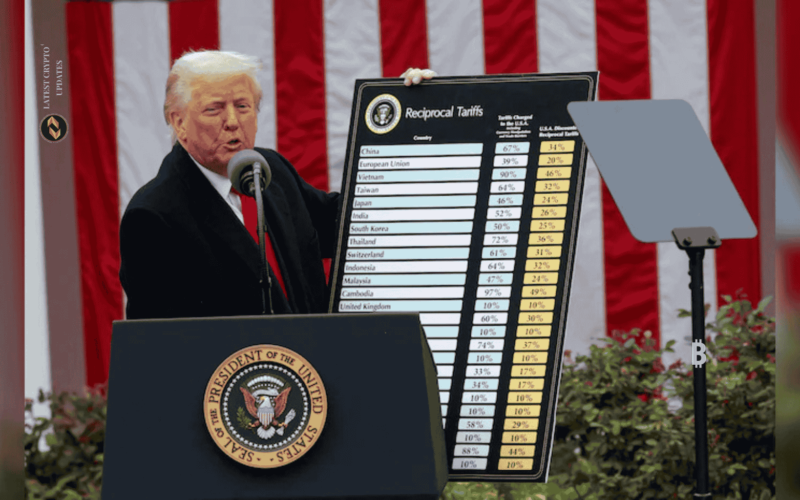Taxes on products imported from other countries are called Tariffs.Tariff is a percentage of the product’s price. For example, if there is a 125% tariff on some goods, a $20 item would have an extra $25 tax, making the total cost $45.When their goods go through customs, importing companies must pay this tax to the government.
The US President Donald Trump has made some major tariff announcements, and they’re already shaking up the economy. Let’s take a dive to know what’s happening and what it could mean for businesses, consumers, and investors.
Stock Market Faces a Major Hit
The stock market has shown immediate effects but those were not in a good way.
- $1.65 Trillion Wiped Out on Market Open: U.S. markets dropped, As soon as the new tariffs were announced, erasing $1.65 trillion in value. Many investors fear this could drive the economy toward a recession.
- $3.1 Trillion Lost in a Single Day was a Record: Investors are worried about global economic instability because the stock market suffered its worst day since the 2020 pandemic crash, with $3.1 trillion in losses.
Since Trump’s Second Term Began, $11.1 Trillion Gone: Since Trump started his second term, after the latest tariff news the stock market has lost a total of $11.1 trillion, with $6.6 trillion of that disappearing in just two days.
Broader Financial Fallout
These tariff’s impact is not just limited to the stock market:
- Investors Are Freaking out: Many investors are selling stocks, With uncertainty surrounding trade policies, leading to massive sell-offs.
- Crypto Market Uncertainty: The ups and downs in regular markets could also affect cryptocurrency, leading to big price changes and more people selling their coins.
Fears of a Global Recession: Analysts are warning that the rising trade barriers and economic instability could trigger a global slowdown, affecting businesses and consumers worldwide.
90 Days Tariff Pause for Most Countries, But Not for China
Over 75 countries will get a break from tariffs, for the next 90 days, with rates temporarily reduced to just 10%. However, this does not include China, which remains the main target of Trump’s tariff policies.
145% Tariffs on Chinese Imports
Tariffs on Chinese goods have now jumped to 145% as confirmed by The White House . What is the goal? To protect American industries and reduce dependence on China. While the administration argues this is about “fair trade,” critics warn that it could increase tensions between the U.S. and China lead to higher prices for American consumers.
Tariff on Foreign Cars is 25%
On all foreign-made automobiles Trump has also announced a new 25% tariff. This decision has raised worries about its effect on global trade and the U.S. auto industry.problems in getting parts and materials and could lead to higher car prices.
What will be the Next?
The next coming weeks will be critical. Will the decision of tariff pause help stabilize the markets? Will China take revenge? And how will these policies affect everyday consumers? Stay here for more updates as the situation unfolds.










